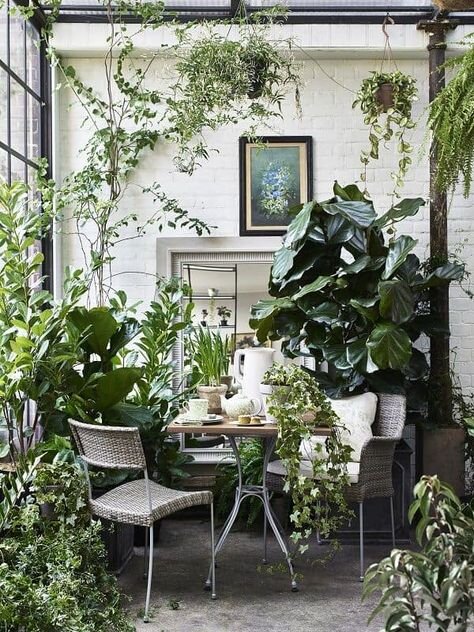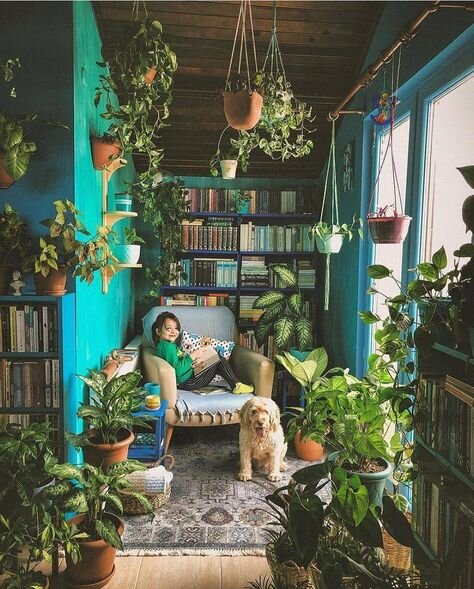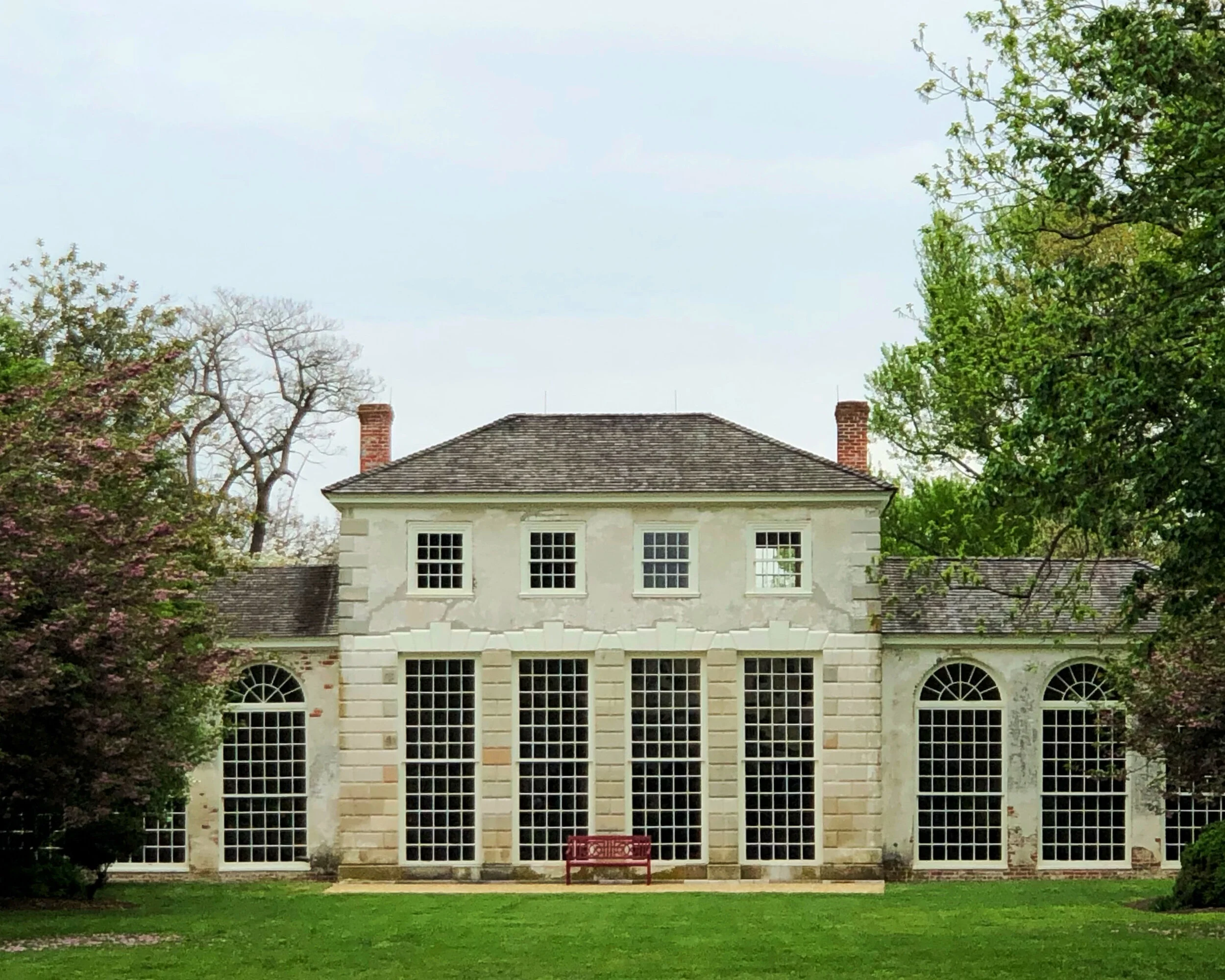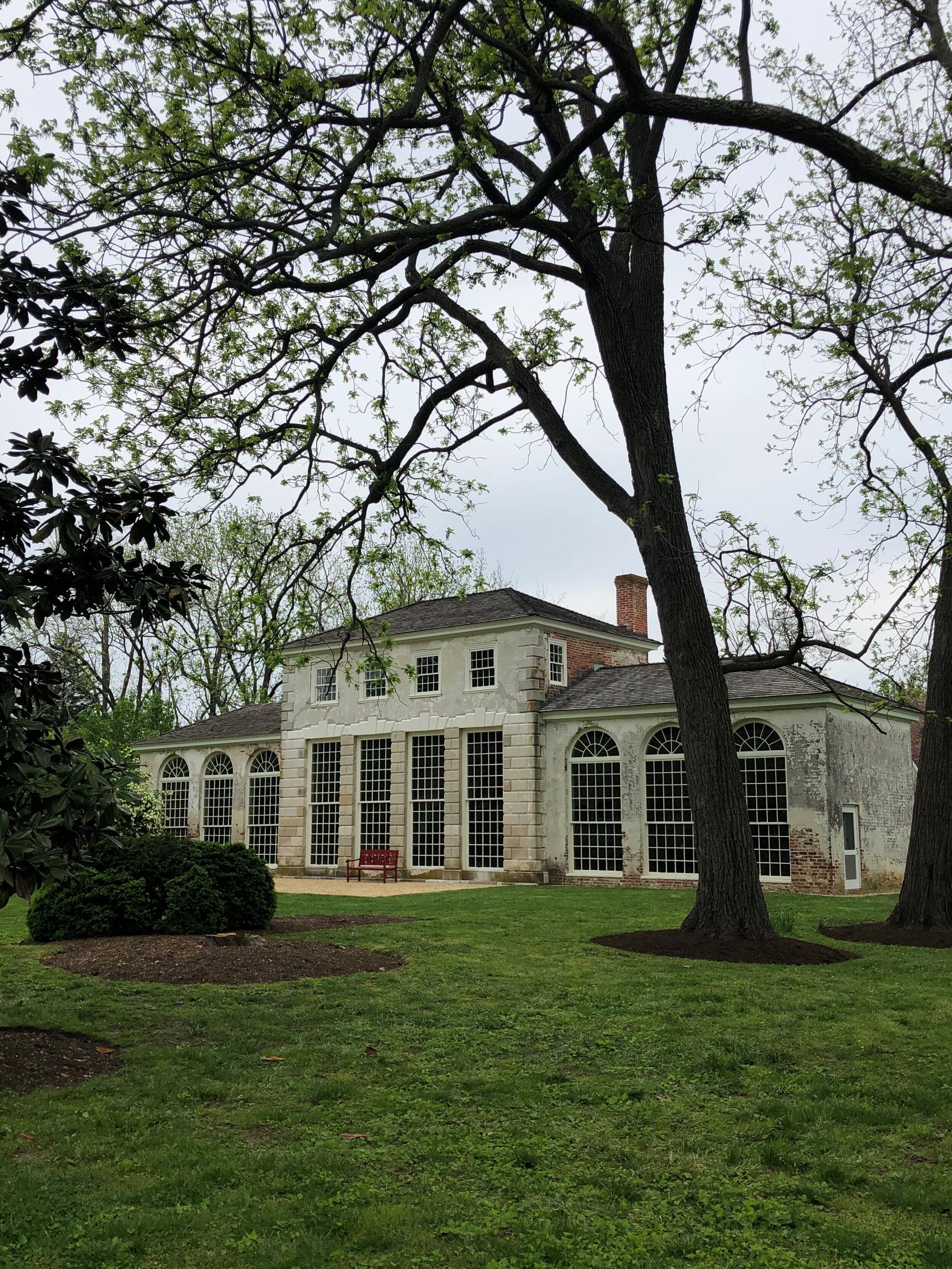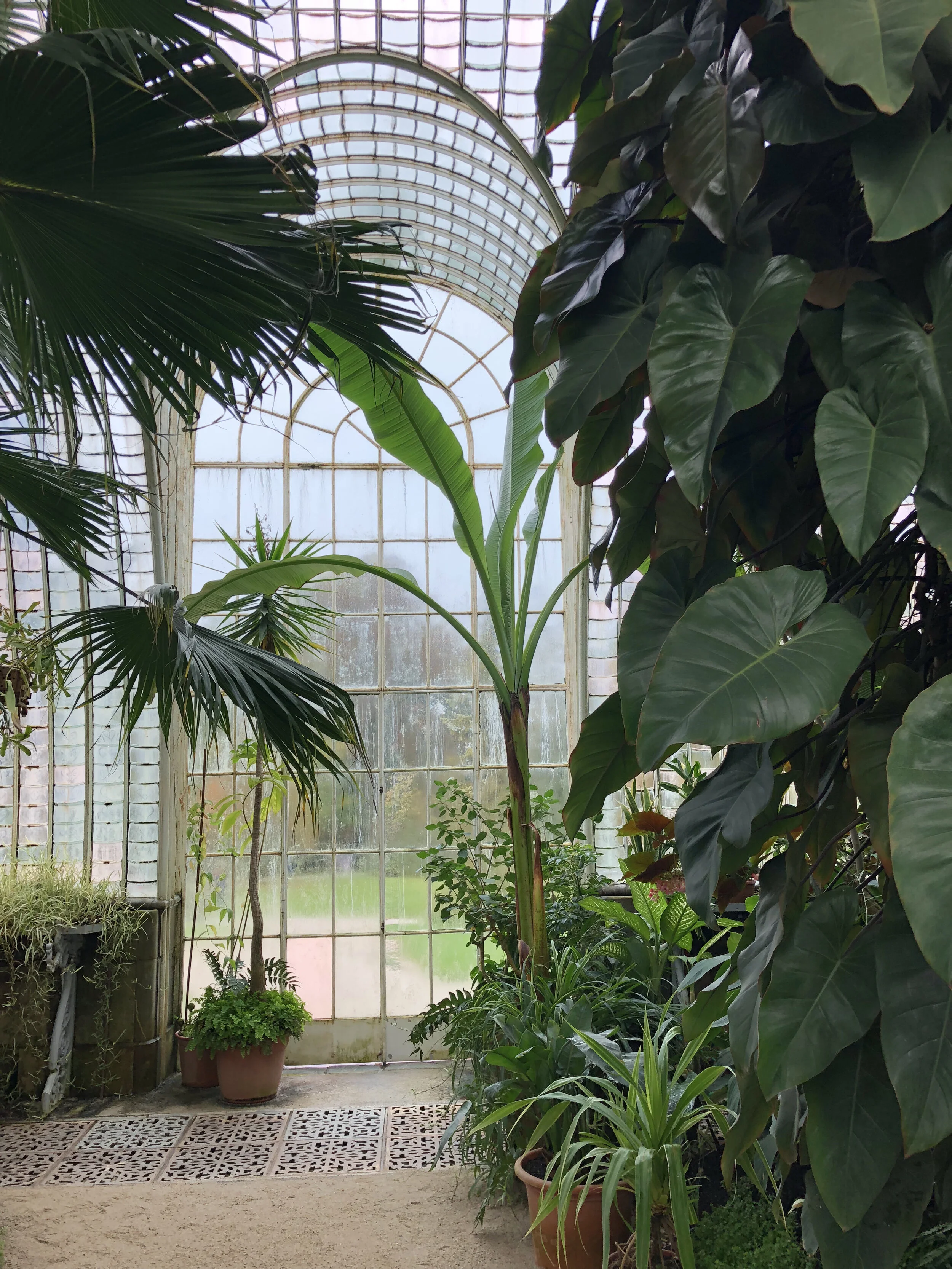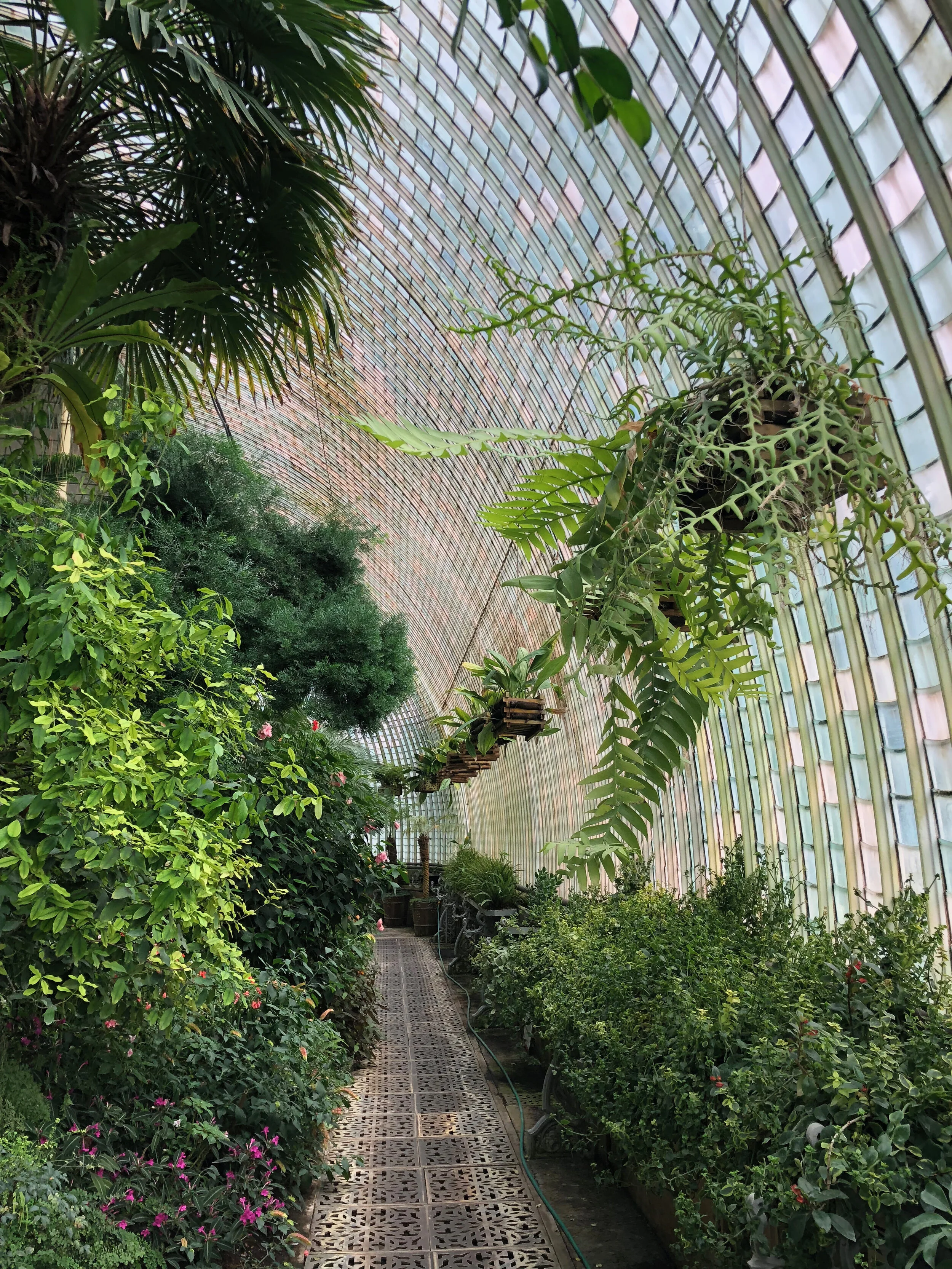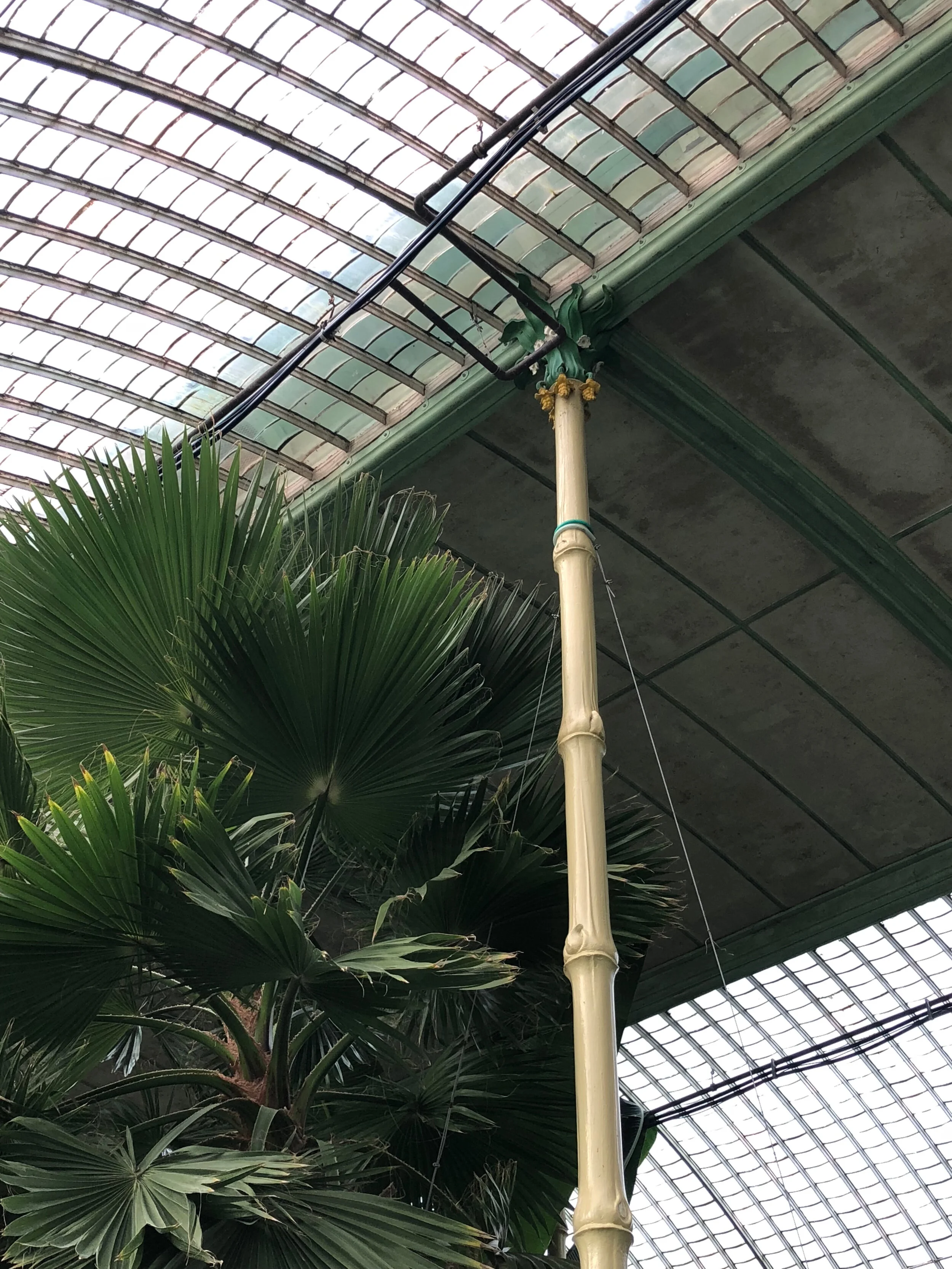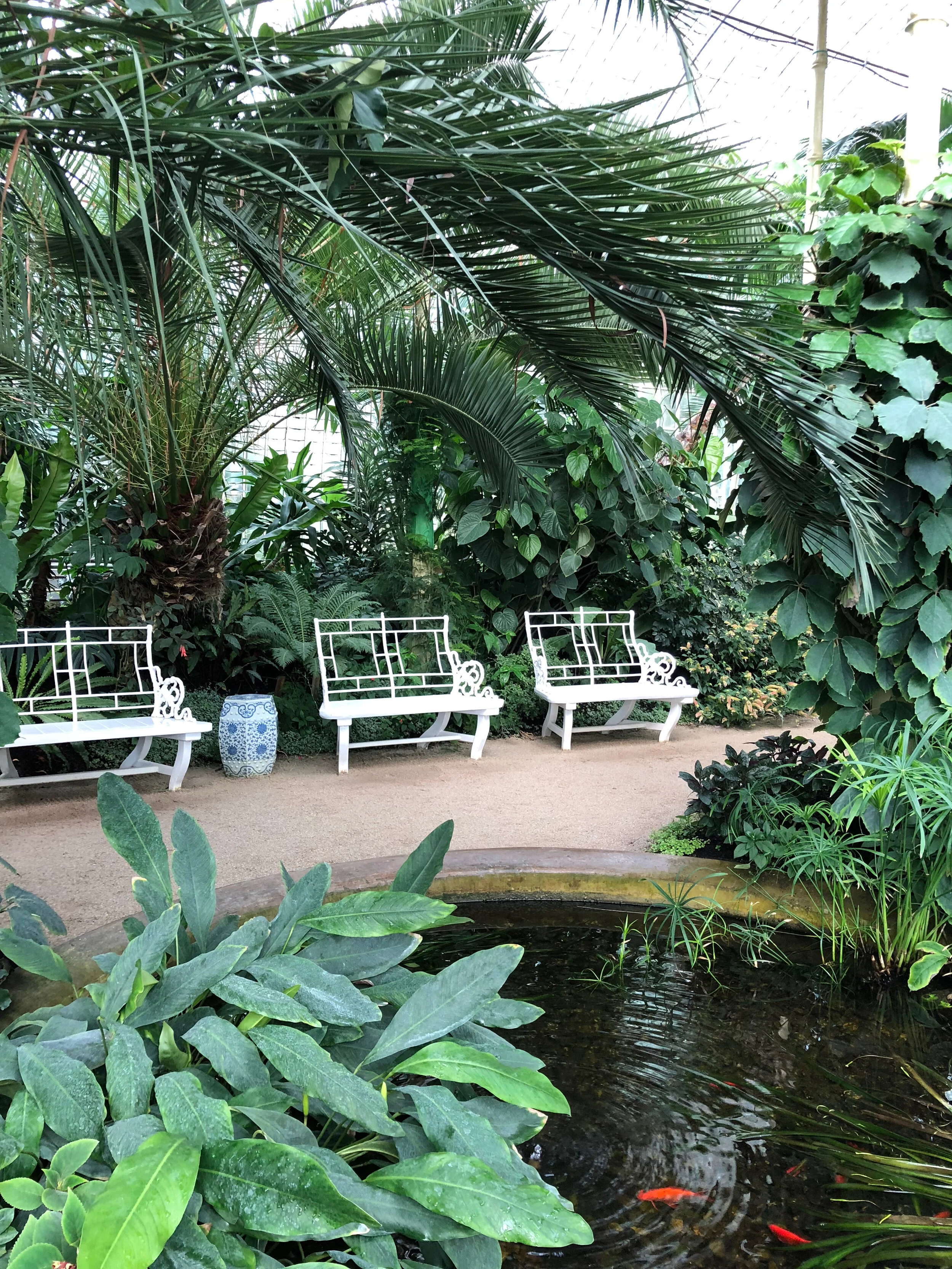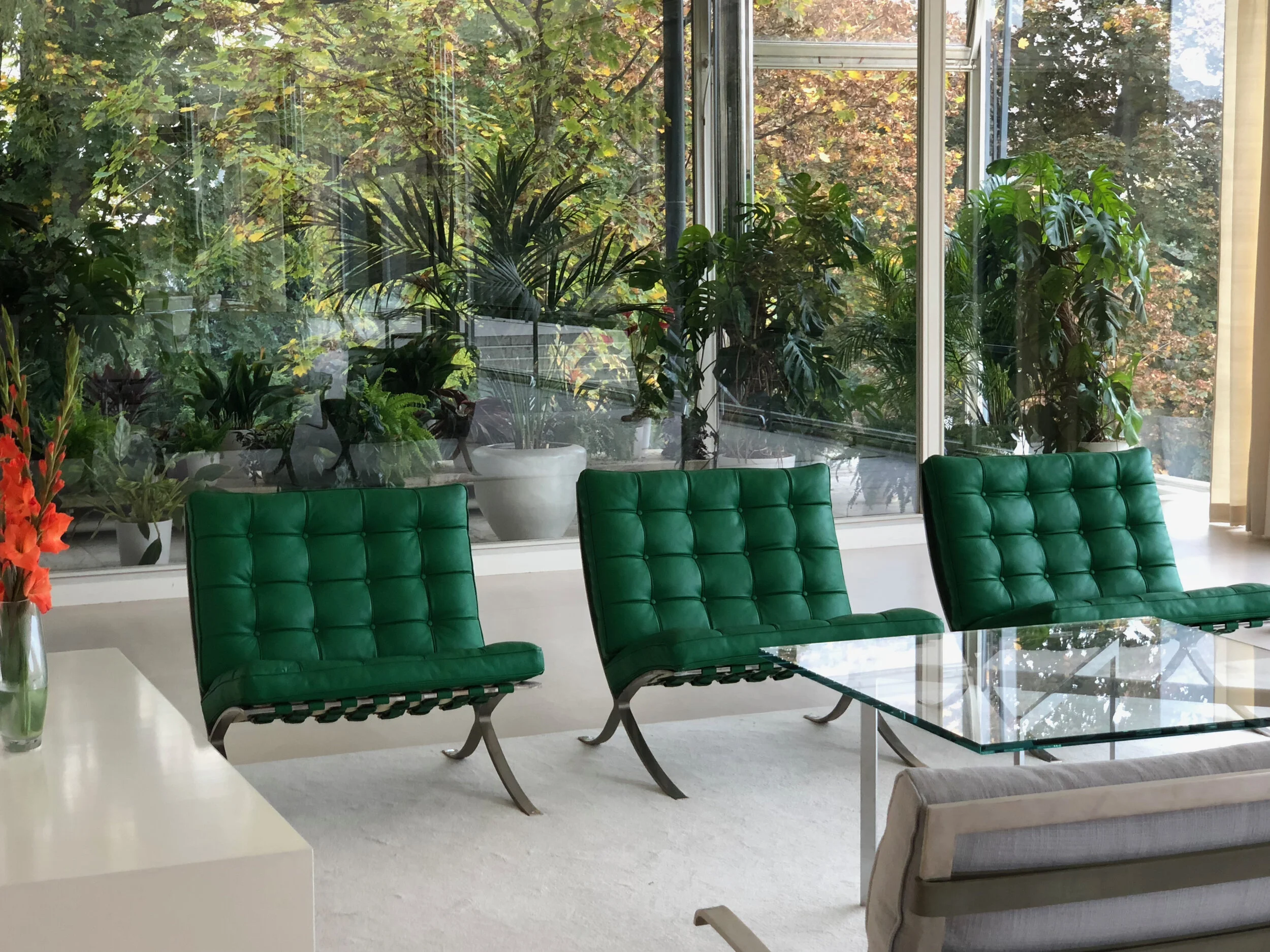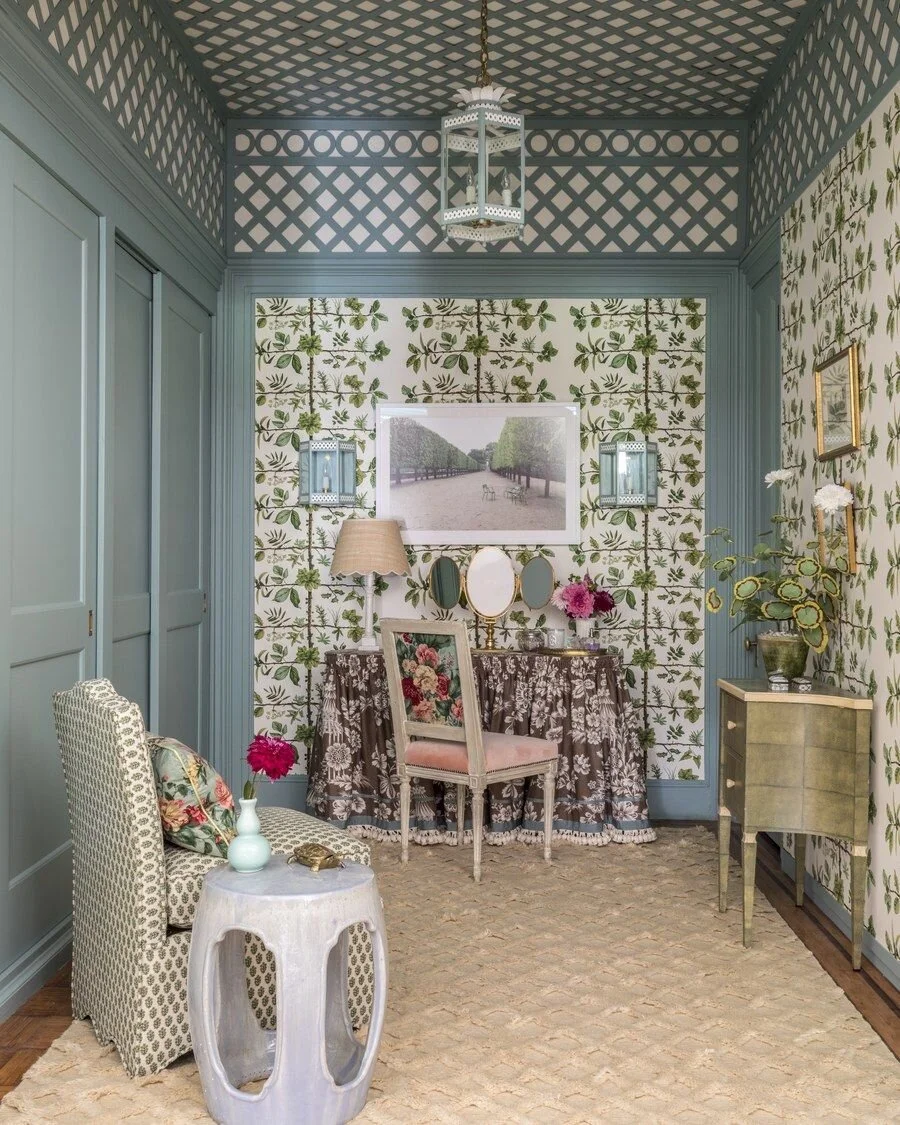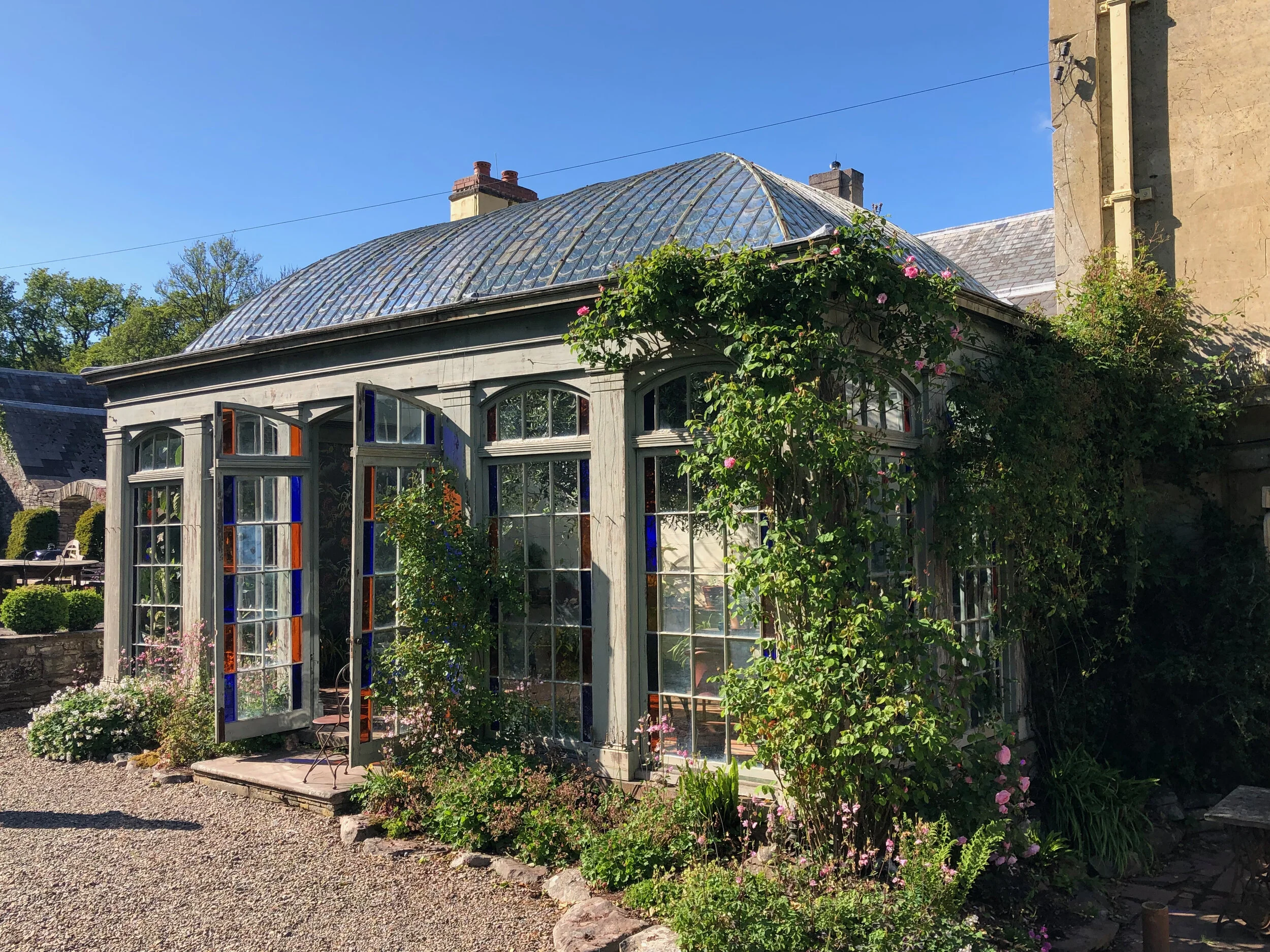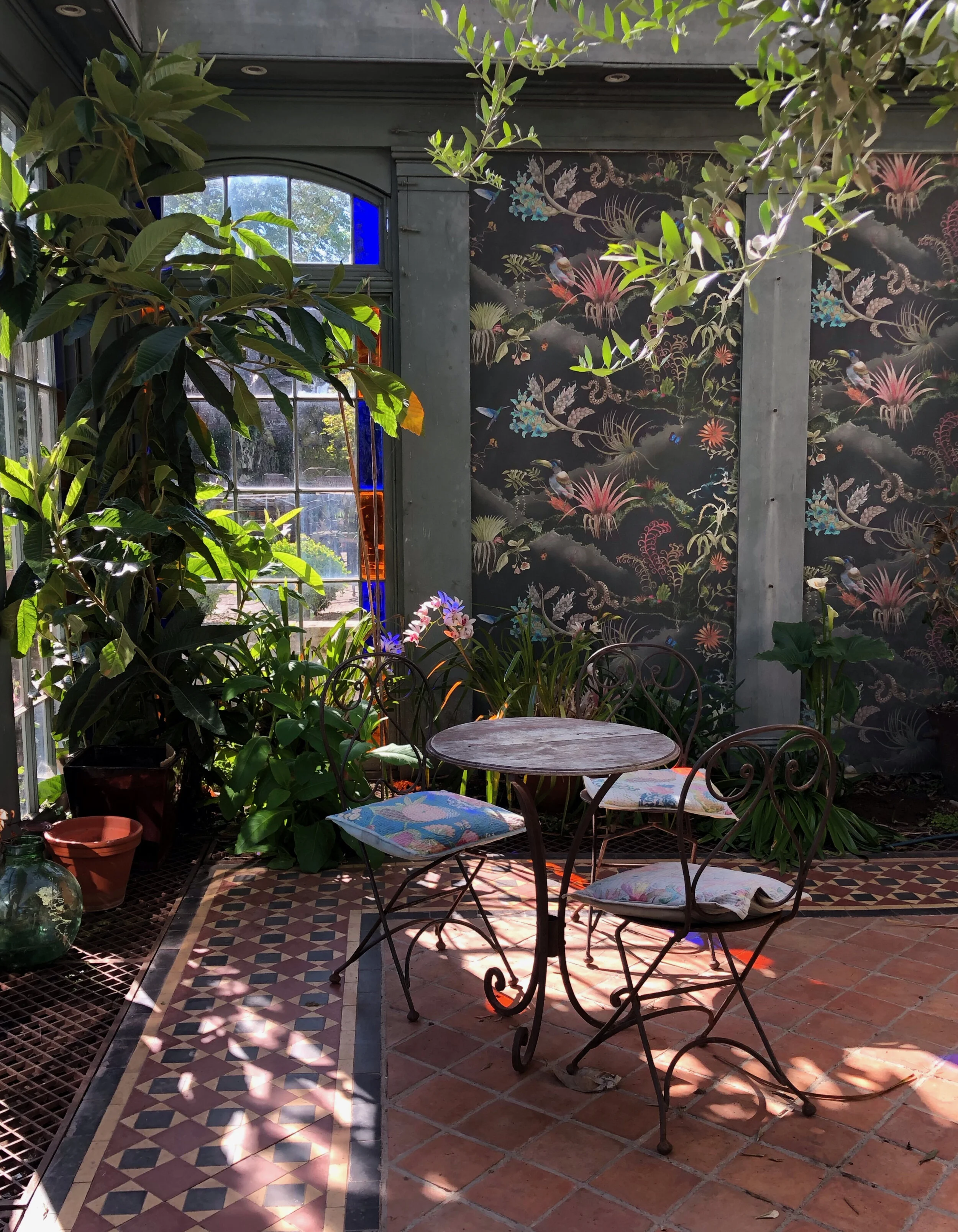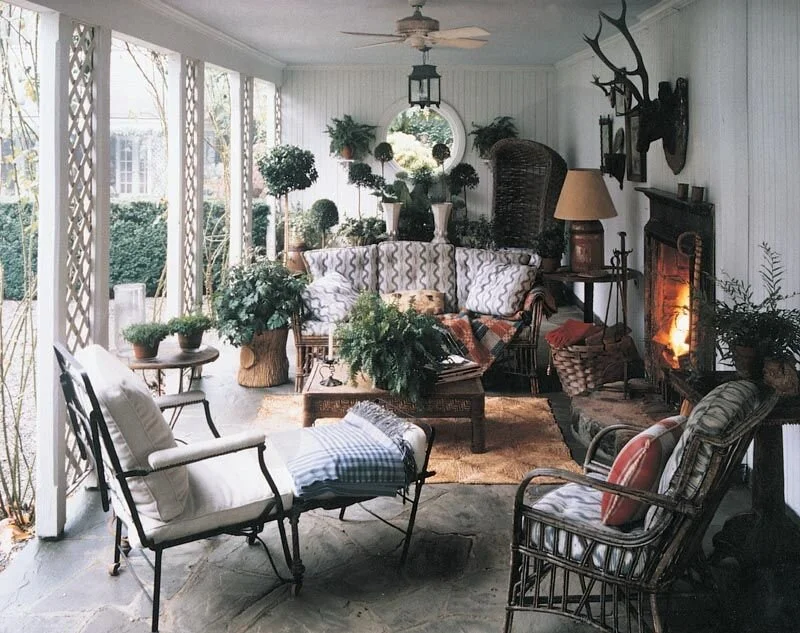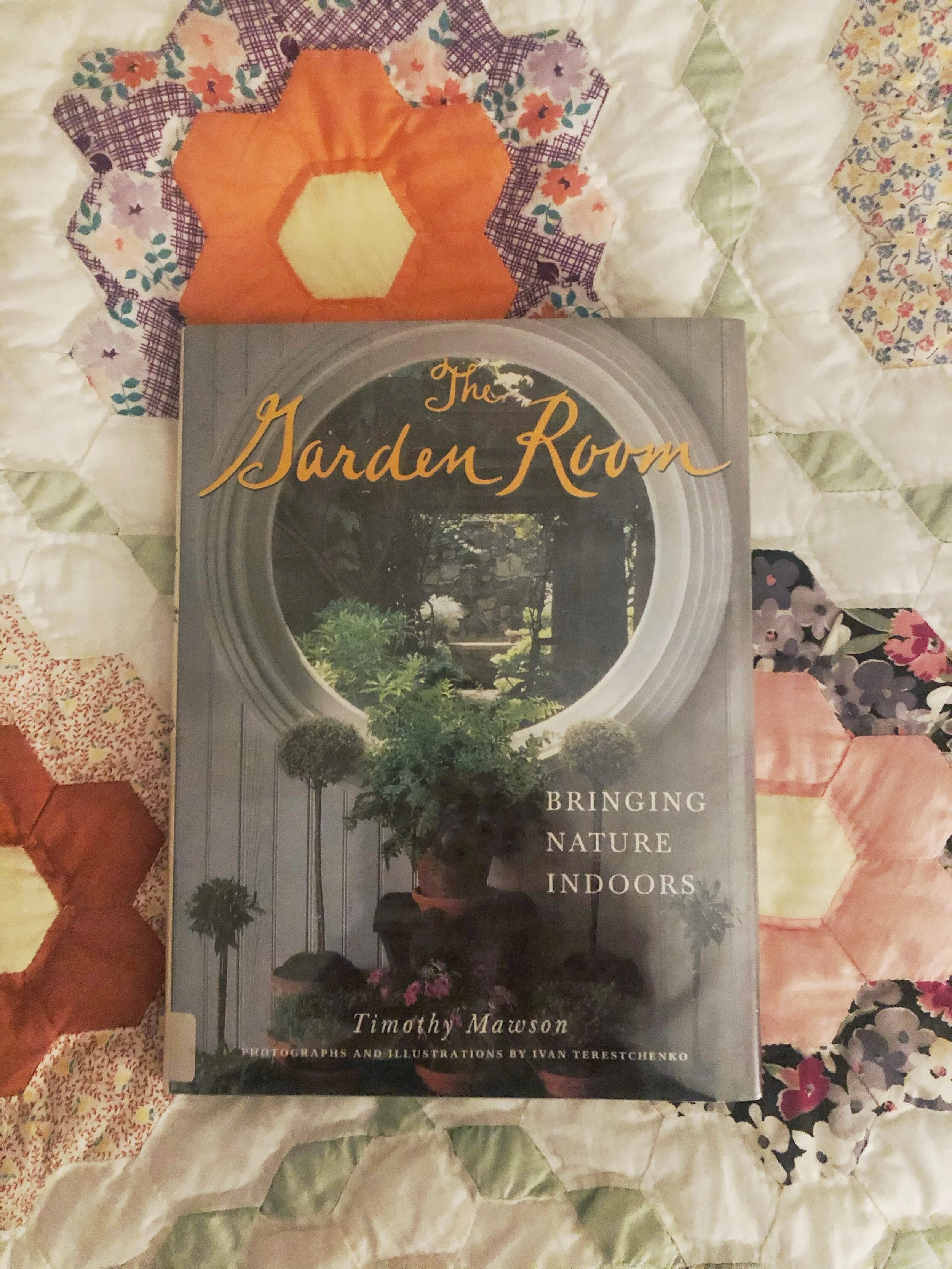Garden Rooms, Then and Now
If you are like most people, you bought a plant during the pandemic. According to NBC news, plant sales are way up because we all need grounding right now, and what could be more grounding than a plant?
Since many of us are trying to harness nature’s restorative powers in our homes during this seemingly endless winter, I thought it would be fun to take a look at the garden room. Plant parents: all of those green babies need a space of their own.
A Little History
Garden rooms, sometimes more poetically referred to as Winter Gardens, have been with us for centuries, going all the way back to the Romans. They grew fruits and vegetables in controlled environments using mica, a semi-transparent stone, that let in the light. Garden rooms emerged in earnest in Europe and came to America in the 17th century. It was during Victorian times, with advances in technology, that massive glass conservatories were built.
Originally garden rooms functioned more as greenhouses, rather than living spaces.
Back then, indoor garden spaces were popular for a practical reason. Folks wanted a place to grow the citrus fruits they were importing from the Mediterranean giving rise to the charming name “orangerie.”
The orangerie at Wye House on Maryland ‘s Eastern Shore, built around 1650, is believed to be the earliest such structure in America. When I visited, I learned that the beloved home never sold outside the family, and that they continue to grow fruits using the orangerie’s original hot air heating ducts. Today they hold family weddings and other celebrations at the picturesque site. I fell for the patina found on the exterior’s aged stone and brick.
Wye House Orangerie
Photo by Lynn Byrne
Wye House Orangerie
Photo by Lynn Byrne
Wye House Orangerie
Photo by Lynn Byrne
Inside the Wye House Orangerie
Photo by Lynn Byrne
Glass conservatories flourished during Victorian times. We have all heard of Prince Albert’s Crystal Palace (sadly dismantled) and other municipal buildings like the conservatories at Kew Gardens and the New York Botanical Garden. Some “crystal palaces” like the one located at Castle Lednice in the Czech Republic were built as part of a private home. It’s magical inside the conservatory at Castle Lednice. Massive palm trees stretch up to a soaring ceiling at least 20 feet high. The columns supporting the ceiling are fashioned like fantastical tree trunks adorned at the top with pink and yellow flowers.
Castle Lednice
Photo by Lynn Byrne
Castle Lednice
Photo by Lynn Byrne
Castle Lednice
Photo by Lynn Byrne
Castle Lednice
Photo by Lynn Byrne
Eventually, creature comforts like upholstery, began seeping into the garden room. The Hermitage has a lush rendering of the Winter Garden of the Empress Alexandra Fyodorovna from the 1860s with a very pretty oriental rug.
Empress Alexandra Fyodorovna’s Winter Garden in the collection at the Hermitage
Around the turn of the last century, advances in construction allowed for “disappearing windows” creating the first truly indoor/outdoor garden room. The windows in the garden room at the Phipps Estate on Long Island, built in 1906, drop down to the basement in fine weather.
Phipps Estate
Photo by Jacqueline Clair
Phipps Estate
Photo by Jacqueline Clair
I saw similar moving windows in action at Mies van de Rohe’s Via Tugendhat built between 1928-1930.
Mies van der Rohe’s Via Tugendhat
Photo by Lynn Byrne
The windows for the Winter Garden at the US Ambassador’s residence in Prague from the same era also fully retract. When gazing out from the Ambassador’s Winter Garden, it is hard to tell that you are in the middle of a busy city.
Winter Garden at the US Ambassador’s Residence, Prague
Photo by Lynn Byrne
Winter Garden at the US Ambassador’s Residence, Prague
Photo by Lynn Byrne
It was Elsie de Wolfe who is usually credited for creating a room that evoked a garden despite the fact that the space didn’t have direct access to the outside. Her Trellis Restaurant at the Colony Club launched her career. Henri Samuel created another famous Winter Garden that looked out upon the treetops of NYC’s Central Park. Designed more recently, Henry & Co fashioned one of my favorite garden rooms from an alcove off a bedroom to serve as a small boudoir for a Brooklyn Heights Showhouse I attended a few years back.
The Trellis Restaurant at the Colony Club decorated by Elsie de Wolfe and illustrated in her book, The House in Good Taste.
Designer Henri Samuel’s Winter Garden on NYC’s Fifth Avenue
Photo by Melanie Acevedo for Veranda
Interior design by Henry & Co.
Photo via Architectural Digest
Interior design by Henry & Co.
Photo via Architectural Digest
Ideas for Your Garden Room
While having and decorating a romantic small conservatory is a dreamy ideal, it is unnecessary. Most people can find a spot in their homes to make into a garden room.
Photo by Lynn Byrne
Photo by Lynn Byrne
Elsie herself had a “Turkish Corner” in an early home where she was surrounded by plants.
Elsie de Wolfe in her Turkish Corner, 1886, from her biography by Jane S. Smith
Create a garden room wherever you have enough sun for those essential houseplants to grow. Push the kitchen table up against the windows, tuck up a reading chair next to French doors, or simply pack your living room with plants. In my old apartment, I used my bathroom. Here are some other decorating elements to create the feel:
1. Add more rustic elements than found elsewhere in your home. This is the spot for your chippy painted furniture, wicker and rattan.
2. Bring in outdoor elements like garden statuary or trellis
3. Hang botanical prints
4. For color and pattern, florals, stripes and green are natural choices.
5. Houseplants are vital but faux examples made from silk, paper or beads bloom all year long and make nice additions.
Any spot with these elements will confer some of the benefits gained by being in nature itself: fun, relaxation and restoration. I am planning one in my new bedroom.
Have a look at some inspiring garden rooms that I pulled from Pinterest, although lately I am finding even better inspiration from vintage design books. Scroll to the end for one of my favorites, easily found inexpensively on the web.
Interior designer David Easton’s garden room
Photo from Country Living
A favorite book from my library.
Credits: I indicated all photo sources available to me. Drop me an email if you have any further information for me and I will update.

